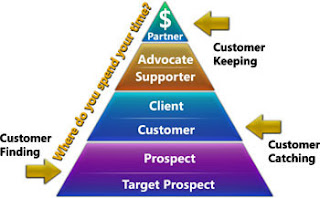Who is the upper middle class? The socioeconomic class between working class and upper class may be comprised of professionals, highly skilled laborers, and lower and middle management. These individuals may have greater purchasing power, but there are other reasons why targeting this market is wise.
Affluent consumers are more likely to be repeat customers than those that are overly concerned with price. Product areas with buying habits greatly influenced by class include cars, home furnishings, leisure activities, and reading/media materials.
Motivation to Buy
What motivates one person to buy may be very different from what motivates another. Understanding both demographics and psychographics of your market is essential. Gender, age, profession and interest should be considered. How you will advertise will depend on the habits and priorities of your market.
While young ones can be more readily reached through pop culture, creating products of superior quality, backed by “white glove” service, and complementary marketing communications is key to succeeding in reaching the upper middle class.
Focus on Value
Your unique selling position or differentiation strategy should not focus on price. When you’re competing for an upper middle class market, you need to understand their consumption habits. Focusing on value is more likely to move your prospects and customers up the pyramid of customer loyalty. Charging a higher price will attract those that can afford to pay it. People also associate a higher value for anything they pay more for. Matthew Loop makes a good argument for Why You Should Charge More.
Keeping Up Appearances
Whether for a hobby or an everyday luxury, the affluent seek out boutiques, specialty shops, and labels that present the image they desire. From SUVs that have never seen dirt to diving watches that have never gotten wet, it’s the idea or opportunity that the affluent seek to purchase. The upper middle class seek products of the highest quality. Even if they never wear those high end hiking boots outside the city limits, at least they feel like and look like they could.
Offering enhanced performance and more features will help target the more affluent as will creating a brand image of superior quality. Diversity of offerings has a way of making an individual feel that they are, well, and individual. If a boutique orders very limited quantities of items, even one each perhaps, it is sure to gain regular patrons that don’t want to be seen with the same purse that someone else in town has.
Personalized products, custom blends, and made-to-order items make buyers feel as if they themselves are participating in the production. These items are more likely to catch the eye of others, be boasted about, and create wonderful word-of-mouth marketing campaigns for you.
If you understand the motivations behind a purchase, the psychographics of your market, focus on quality, and have a truly unique value proposition, you’re sure to have success selling to the upper middle class.
Have you spoken to and been heard by the upper middle class? Please share your story in the comments below.
